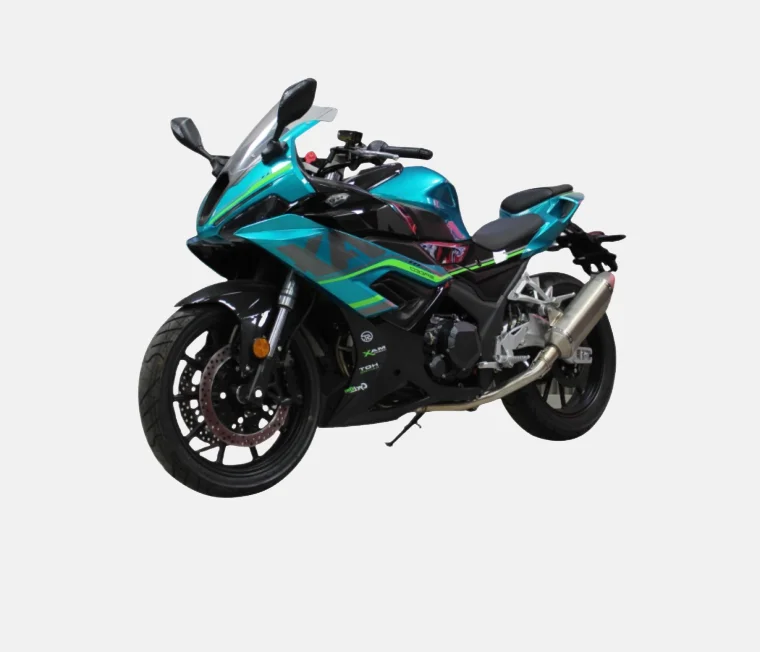Navigating Affordability: Exploring the Least Expensive Transportation Options for Every Journey
In an increasingly interconnected world, the cost of transportation can significantly impact our daily lives, whether for commuting, traveling, or moving goods. As individuals and businesses alike seek to minimize expenses, understanding the least expensive transportation options becomes essential. This article delves into various modes of transportation, analyzing their cost-effectiveness, benefits, and potential drawbacks, while providing practical insights for consumers and businesses.
Understanding Transportation Costs
Transportation costs encompass a wide range of factors, including fuel prices, maintenance, insurance, and depreciation for personal vehicles, as well as ticket prices, baggage fees, and additional charges for public transport. To identify the least expensive transportation options, one must consider not only the direct costs but also the indirect costs associated with time, convenience, and accessibility.
- Public Transportation: A Cost-Effective Solution
Public transportation remains one of the most economical choices for urban commuting. Buses, subways, and trams offer affordable fares, often with discounts for students, seniors, and frequent riders. For instance, a monthly pass can significantly reduce the per-ride cost, making it an attractive option for daily commuters.
Advantages:
- Affordability: Public transport fares are generally lower than the costs associated with owning and maintaining a personal vehicle.
- Environmental Impact: Utilizing public transport reduces carbon emissions and traffic congestion, contributing to a more sustainable urban environment.
Challenges:
- Limited Coverage: In some areas, public transport may not reach all destinations, necessitating additional travel arrangements.
- Time Constraints: Public transport schedules can be less flexible, potentially leading to longer travel times.
- Bicycles: The Eco-Friendly Alternative
Cycling is another highly cost-effective mode of transportation, particularly in cities with bike-friendly infrastructure. The initial investment in a bicycle is often outweighed by the savings on fuel, parking, and maintenance associated with cars.
Advantages:
- Low Operating Costs: Once purchased, bicycles incur minimal costs, primarily related to maintenance and occasional repairs.
- Health Benefits: Cycling promotes physical fitness, reducing healthcare costs in the long run.
Challenges:
- Weather Dependency: Adverse weather conditions can limit the feasibility of cycling.
- Safety Concerns: Inadequate cycling infrastructure can pose safety risks for cyclists.
- Carpooling and Ridesharing: Sharing the Burden
Carpooling and ridesharing services like Uber and Lyft offer flexible and often economical transportation solutions. By sharing rides with others, individuals can split costs, making it a budget-friendly option for those who do not own a vehicle.
Advantages:
- Cost Sharing: Splitting fuel and toll costs can make ridesharing significantly cheaper than solo driving.
- Convenience: Ridesharing apps provide on-demand transportation, eliminating the need for parking and reducing wait times.
Challenges:
- Variable Costs: Prices can fluctuate based on demand, leading to higher fares during peak times.
- Dependence on Others: Carpooling requires coordination with other passengers, which may not always be convenient.
- Walking: The Ultimate Free Option
For short distances, walking is the least expensive and most straightforward mode of transportation. It incurs no costs and offers numerous health benefits.
Advantages:
- No Financial Cost: Walking is entirely free, making it the most economical choice for short trips.
- Health and Wellness: Regular walking promotes cardiovascular health and can improve mental well-being.
Challenges:
- Distance Limitations: Walking is impractical for longer distances or when transporting heavy items.
- Time Consumption: Walking can be time-consuming compared to other modes of transportation.
- Alternative Transportation: Electric Scooters and Skateboards
In recent years, electric scooters and skateboards have emerged as popular alternatives for short-distance travel. Many cities now offer rental services, allowing users to pay only for the time they use the vehicle.
Advantages:
- Affordability: Rental rates are often competitive, and users can avoid the costs associated with ownership.
- Convenience: These modes are ideal for navigating urban environments quickly.
Challenges:
- Availability: Rental options may be limited in certain areas, and users may face availability issues during peak times.
- Safety Regulations: Riders must adhere to local regulations, which can vary significantly.
Conclusion: Making Informed Transportation Choices
Identifying the least expensive transportation option requires a nuanced understanding of individual needs, local infrastructure, and the associated costs of each mode. While public transportation, cycling, carpooling, walking, and alternative options like electric scooters each offer unique advantages, the best choice often depends on specific circumstances, such as distance, time constraints, and personal preferences.




